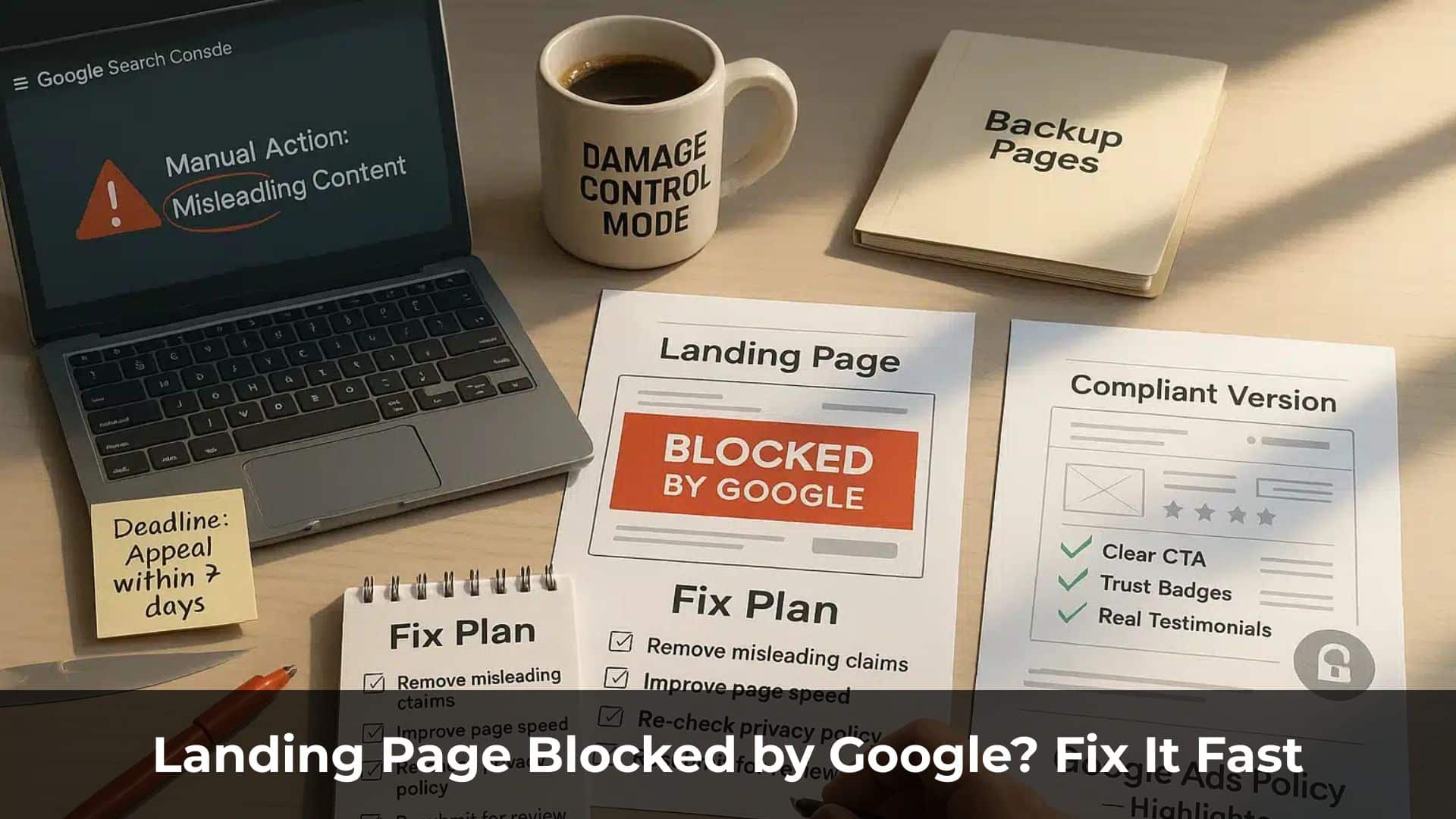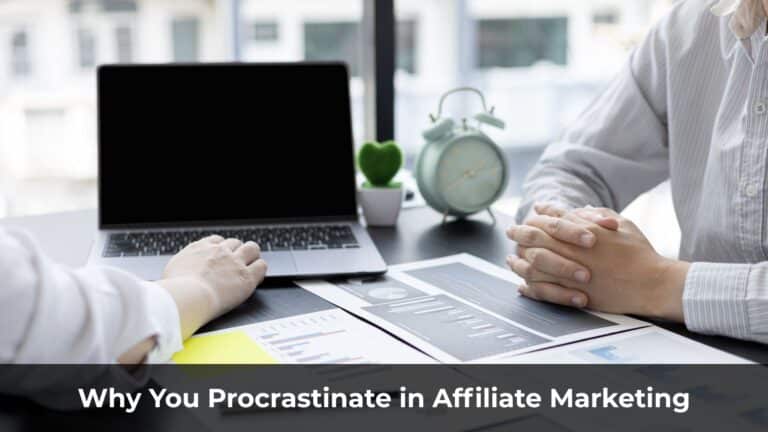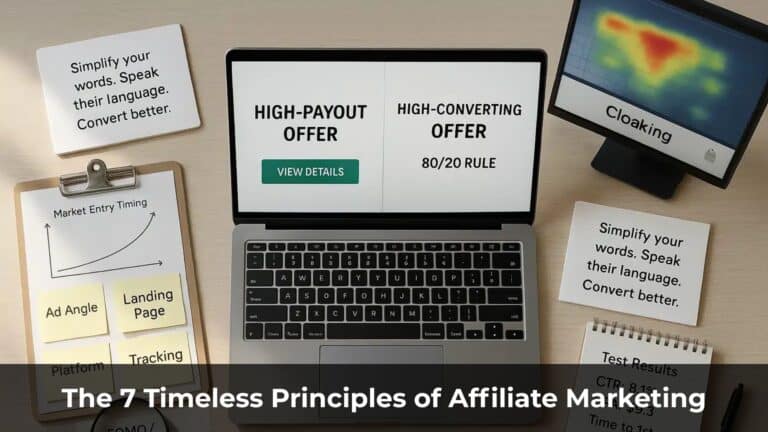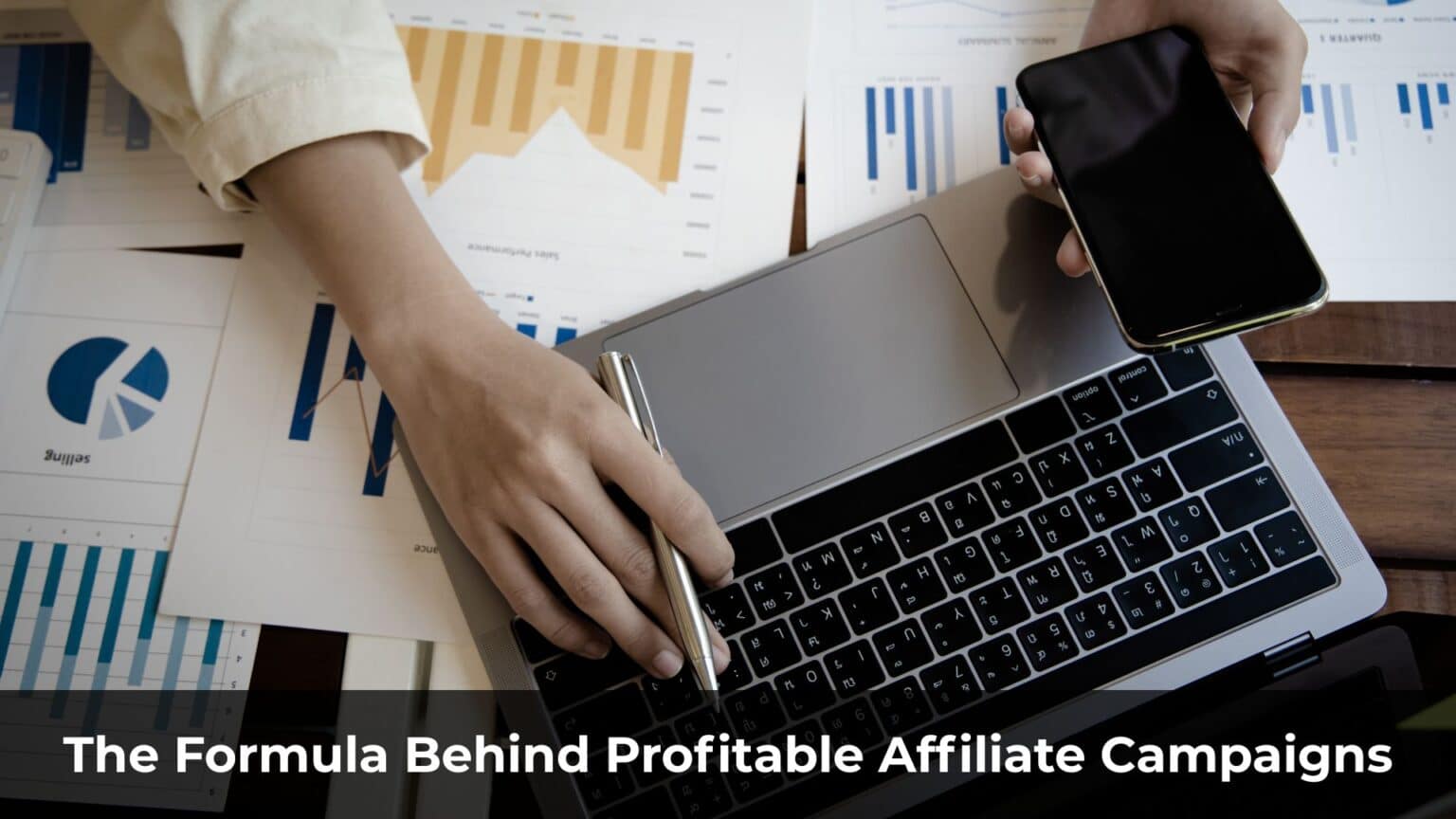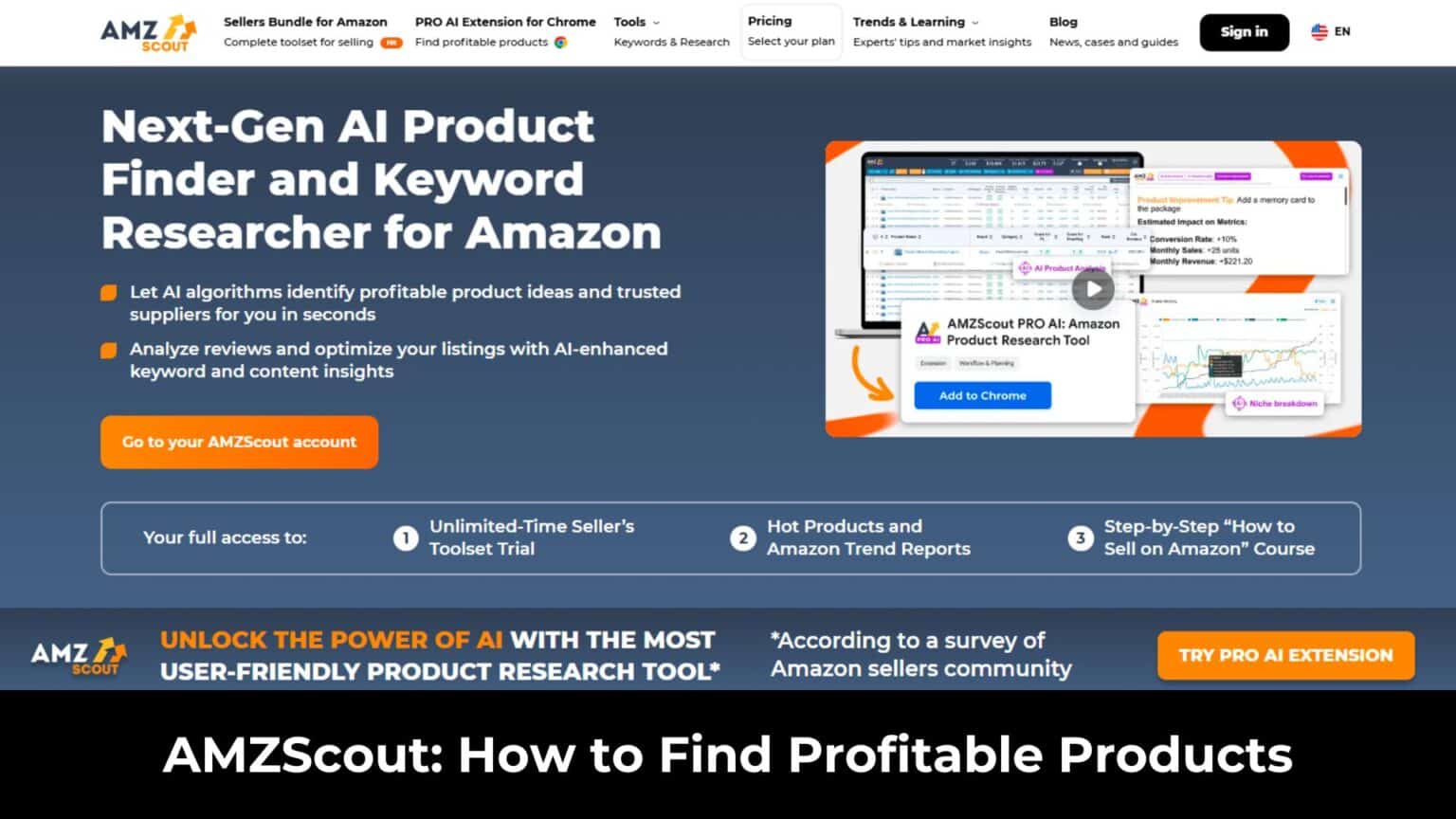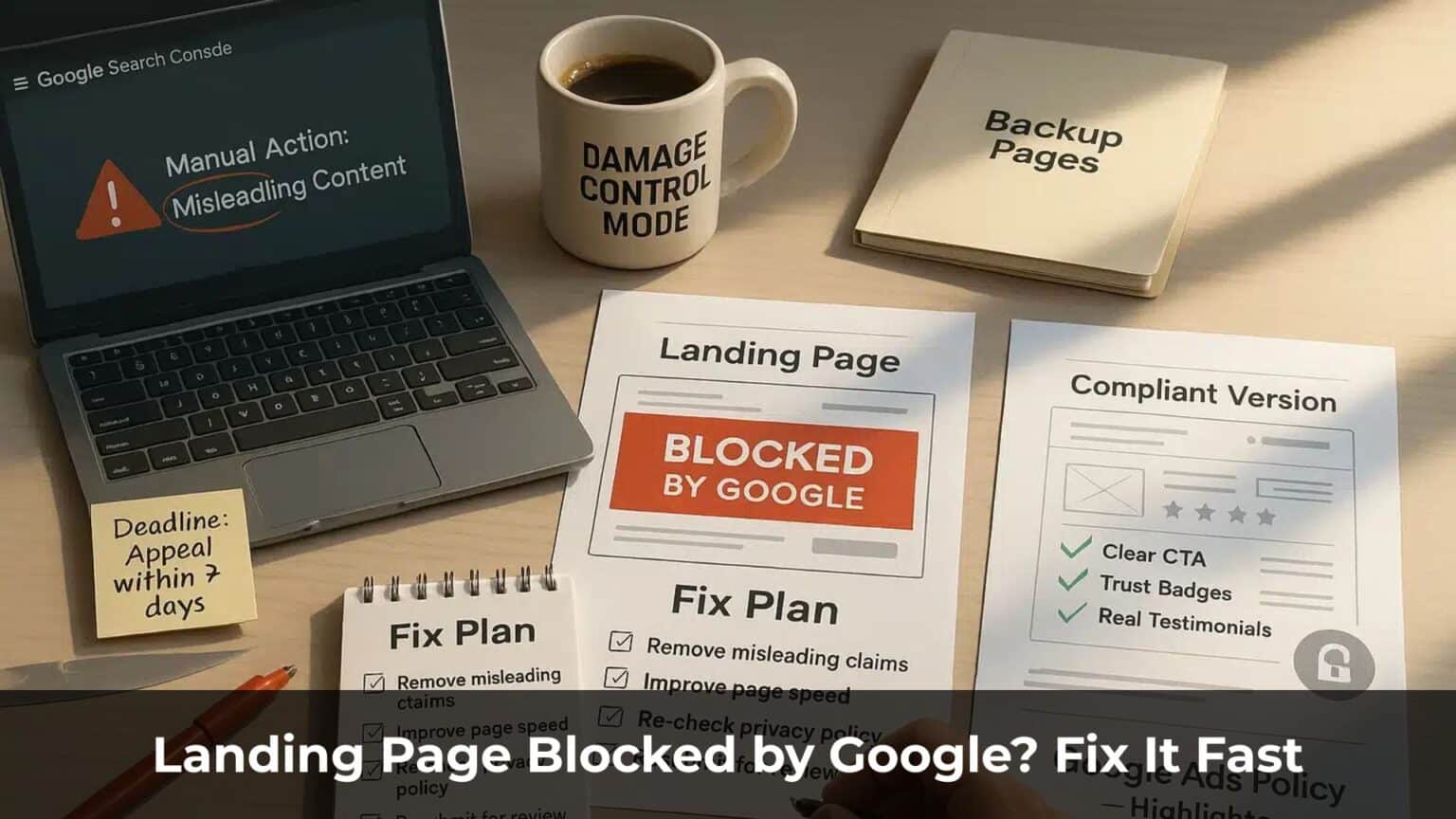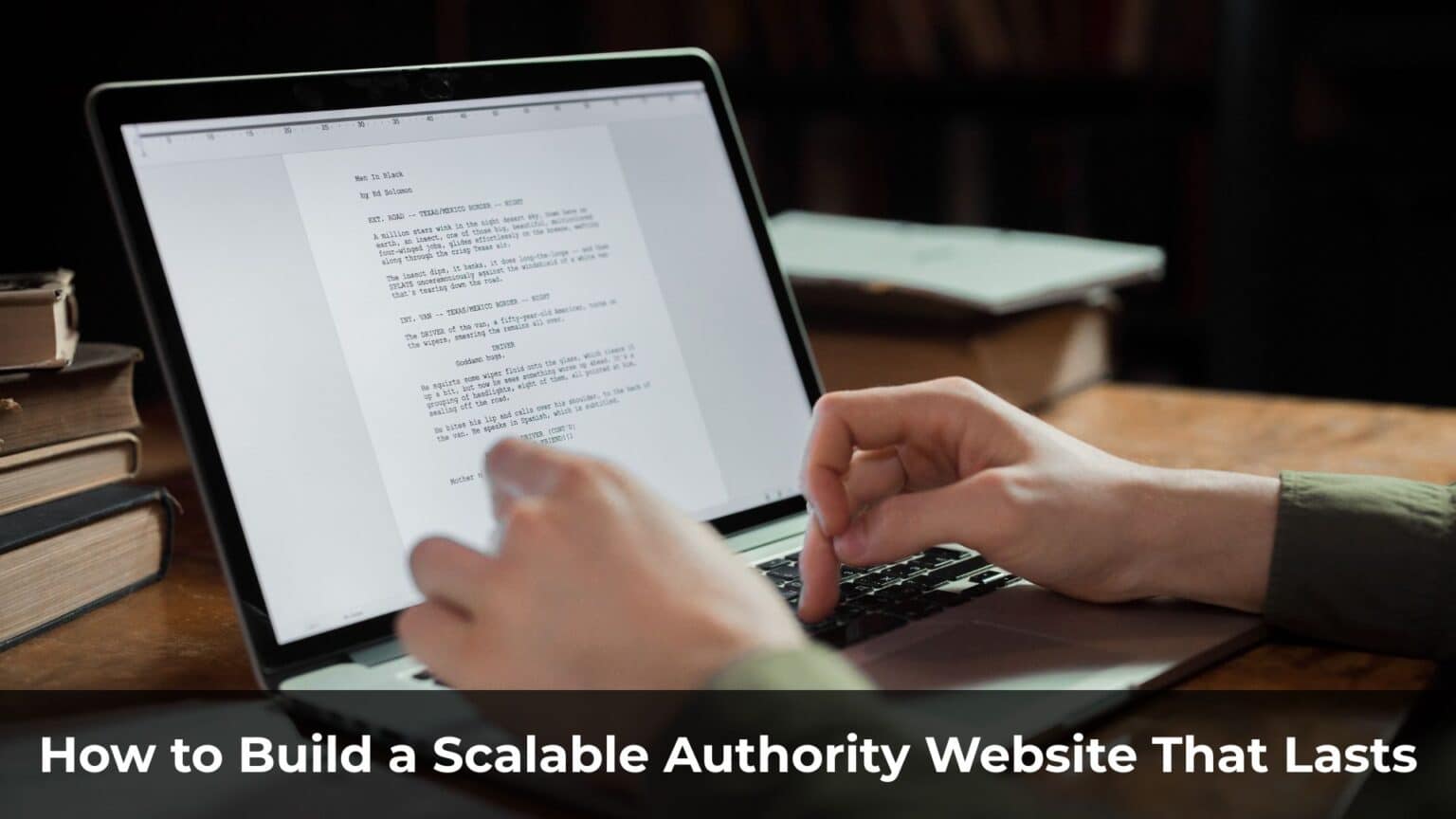What’s the scariest thing an affiliate marketer can face when running paid traffic?
For me, it’s when something goes wrong with my landing page—and I’m not there to fix it.
Imagine this: You’re fast asleep while your ad campaigns are still running.
Unbeknownst to you, your landing page crashes. By the time you check your dashboard in the morning, it’s too late—your entire ad budget has vanished into thin air.
The landing page was down, but the paid traffic kept flowing. Users clicked, saw nothing, and left. No conversions. Just wasted money.
But what if the real problem isn’t a technical crash—what if your affiliate landing page was blocked by Google without you even knowing?Table of Contents
ToggleGoogle Blocking Your Domain Due to Malware Suspicion
In a previous post, I mentioned how you can use Pingdom to monitor your landing pages in real-time—and pause your ads immediately if the page goes down to avoid wasting ad spend.
But sometimes, the landing page isn’t down because of a server issue.
Sometimes, it’s because Google has blocked your domain.
Ever seen a screen like the one below?

That’s right—your domain has been blacklisted by Google. And yes, it could happen to you.
Imagine this: You’re sending traffic to your offer, and instead of seeing your landing page, users get hit with a big red warning screen. What do they do?
They bounce instantly. And you lose your ad money.
When it comes to user privacy, Google takes things very seriously.
If Google suspects that a site is collecting personal data or account details in an unauthorized way, it will block that site.
No hesitation.
Every day, Google scans millions of websites. If its algorithm flags yours as suspicious, it might instantly label it a “deceptive site”—basically a phishing or scam page—and block access via Chrome.So, what does a “suspicious site” look like?
Here are a few examples:
- A website showing fake warnings like “Your system is out of date,” trying to trick users into downloading software. But the download isn’t an update—it’s malware.
- A phishing page designed to steal banking credentials.
- A site that quietly injects malicious scripts to harvest personal data.
You might be thinking:
“But I’m not doing anything shady—I’m just running ads for a Sweepstakes offer. Why would I still get blocked?”
Well, here are a few possible reasons.
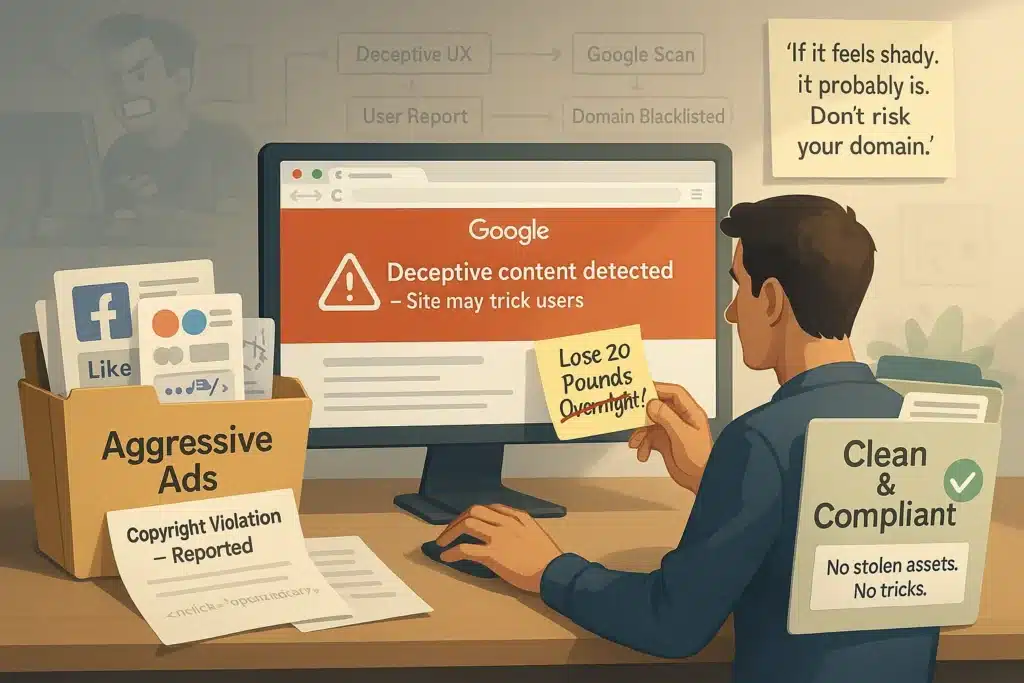
7 Reasons Why Your Affiliate Landing Page Was Blocked by Google
Let me ask you this: Are you providing misleading or deceptive information to users?
If the answer is yes—even unintentionally—then there’s a good chance your domain might get blocked.Google rarely gives a clear explanation when it blacklists a domain, which makes it difficult to pinpoint the exact reason.
However, based on patterns I’ve observed from competitor websites, here are some of the most common causes:
1. Using Copyrighted Materials
If your landing page includes copyrighted content—such as brand logos, fake “Facebook Like” buttons, or anything that infringes on intellectual property—you’re putting your domain at risk.
Google’s algorithm is smart enough to detect these violations. And once flagged, your site could be blocked immediately.
If you’re using anything that belongs to someone else, stop now.
Beyond being blacklisted, you could also face serious legal trouble or even lawsuits.
2. Using Code That Creates a Bad User Experience
Here’s a situation you’ve probably encountered before:
You land on a website, and a giant pop-up ad appears front and center.
You’re not interested, so you try to close it.
You click the “X” to close the ad—but instead of disappearing, it opens a new tab… then another one… and another.
You keep trying to close it, but it just keeps spawning more ads. Eventually, it won’t even let you exit the page unless you force-close your browser.
Why does this happen?
Because the site owner embedded aggressive ad scripts—scripts designed to manipulate user behavior and force interactions. Every click earns them a bit of ad revenue.
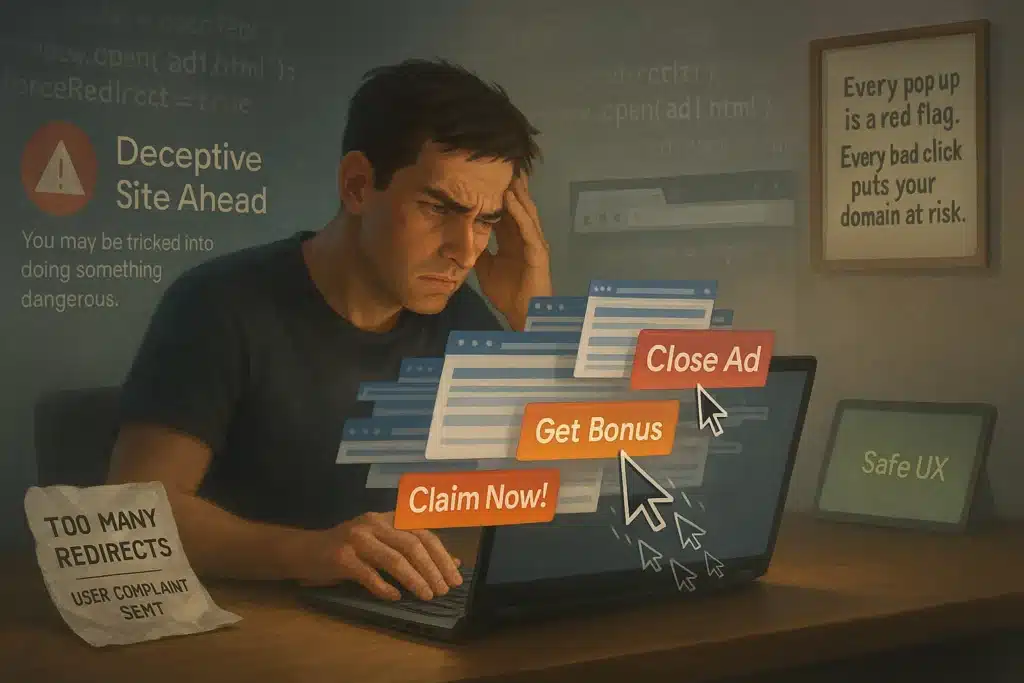
One or two pop-ups might be tolerable. But I’ve seen sites that literally trap you, making it impossible to leave without shutting down your entire browser.
Sometimes, you can’t even do that.
And guess what happens next?
A few days later, Google blocks the domain.
Google prioritizes user experience above all else. So if your site is using disruptive or deceptive scripts that annoy visitors, it’s only a matter of time before your landing page gets blacklisted.
3. Landing Page Contains Dangerous Malware
Some types of malware are designed to exploit browser vulnerabilities and run in the background without users ever noticing.
As an affiliate, you might not even realize your landing page has been compromised.So how does this happen?
Often, affiliates copy landing pages from others. But the original creator may have embedded malicious code—carefully hidden to make the page appear safe and legitimate.
But Google isn’t so easily fooled.
That’s why you should always scan your landing page for threats—especially if you’re using code or templates from third-party sources.
Tools like VirusTotal can help you detect hidden malware before Google does.
4. Misleading Claims and Deceptive Tactics
Here’s a common trick used in sweepstakes affiliate campaigns: pretending to be Google or another trusted brand to promote an offer.
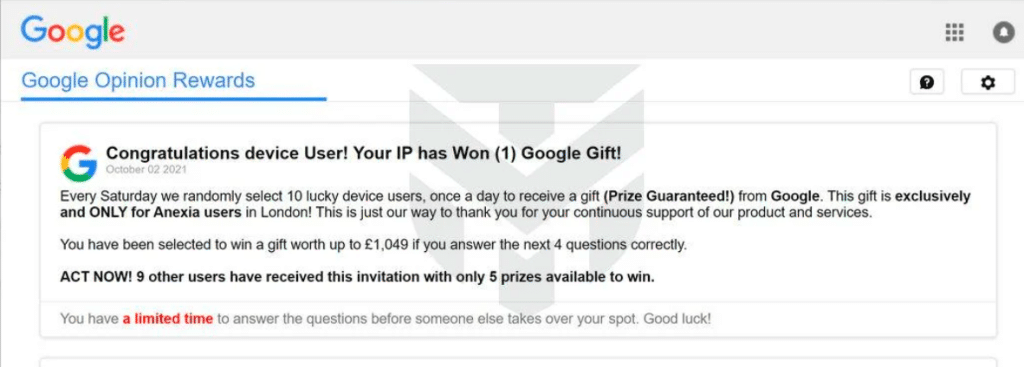
You’ve probably seen it before—big, bold headlines like:
“Congratulations! You’ve just won a free iPhone!”
Let’s be honest—Google knows you’re lying. And really, so does everyone else.
There’s no such thing as a free iPhone.
If Google detects this kind of deceptive messaging, it may immediately block your landing page.
The truth is, you don’t need shady tactics like this to succeed in affiliate marketing.
There are plenty of white-hat strategies that still convert—without putting your domain at risk.5. Using Shared Hosting
Sometimes, it’s not even your fault.
Let me explain.
Shared hosting means your website shares the same IP address with dozens of other websites—sometimes even hundreds.
If just one of those domains gets blacklisted, there’s a chance the entire IP address gets flagged too.
That’s why I always recommend using a dedicated VPS for affiliate campaigns.
With a dedicated VPS, your site runs on its own IP address, isolated from potential bad neighbors.6. Reported by Users
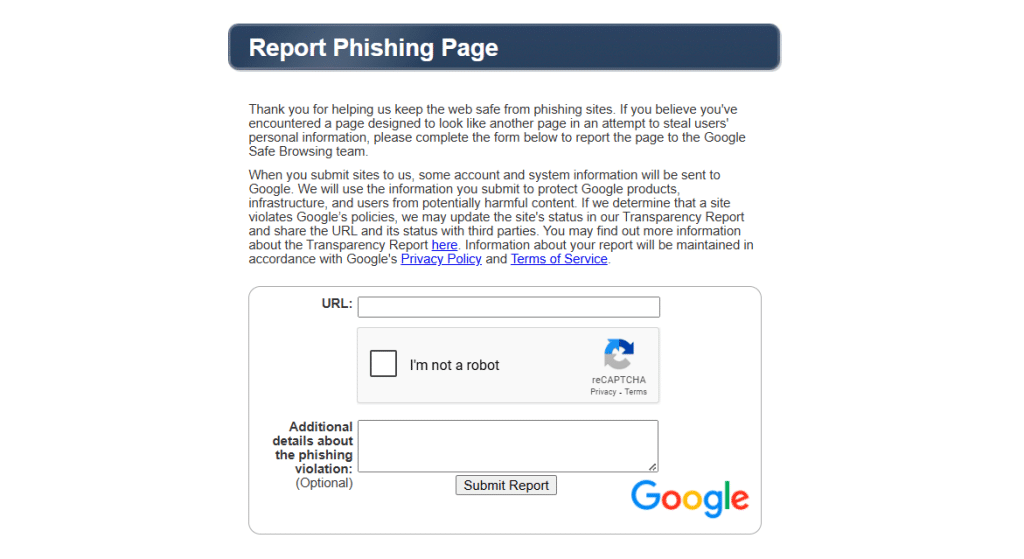
If users feel that your landing page looks suspicious or deceptive, they can report it directly to Google—either through Chrome or the “Report phishing” tool.
Once enough reports are submitted, Google’s system may automatically flag and blacklist your domain.The unfortunate part?
There’s no formal appeal process, and no clear way to reverse the decision.
Even if you haven’t violated any official policies, being labeled as “phishing” can get your landing page completely blocked from Google Ads and Chrome access.
The only real solution?
Switch to a new domain—or wait a very long time and hope Google eventually removes the block (which rarely happens).
7. The Offer Page Is Flagged and Blocked
That’s right—Google routinely scans your entire advertising system.
And if one part of your funnel raises a red flag, it could cause your whole setup to get blocked.
For example: You’re promoting a product, but Google considers that product deceptive.
Once flagged, Google can identify all the websites driving traffic to that offer.
And your landing page could end up on the block list too.
So if your landing page gets flagged, one of the first things you should check is the offer page itself—it might already be blacklisted by Google.
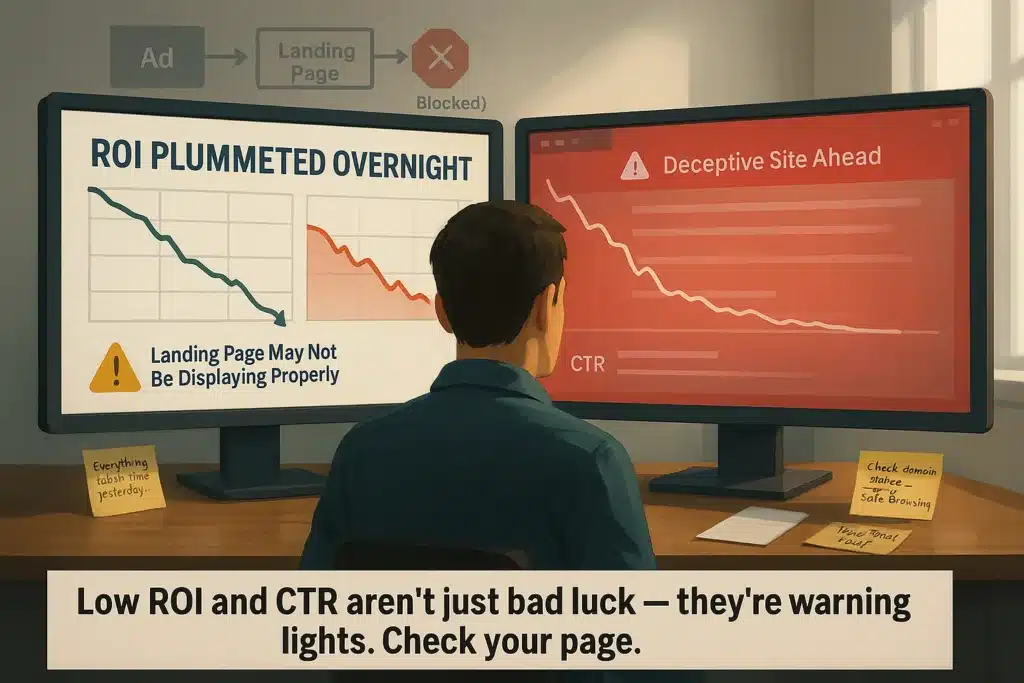
Two Warning Signs That Google Has Blocked Your Domain
Here are two key indicators that something’s wrong:
1. Extremely Low ROI
If your campaign’s performance suddenly tanks, there’s a good chance your landing page isn’t displaying properly.
Yes, there could be other causes—but this should be your first checkpoint.
2. Abnormally Low CTR
When your landing page is blocked, users may see warnings like “Deceptive Site Ahead.”
Naturally, your click-through rate (CTR) drops to near zero—because no one wants to click through a scam warning.
Top 3 Ways to Check If Your Website Has Been Blocked
If you suspect that your domain has been blocked, you need to check immediately. Sending paid traffic to a landing page that’s been blocked is like burning money.
Here are three simple ways to verify the status of your website:
1. Open the URL in Chrome (Not Safari or Firefox)
Use Google Chrome specifically.
If you see a red warning screen saying “Deceptive site ahead,” then yes—your landing page has been blocked by Google.
2. Use Google Transparency Report
Go to Google’s Safe Browsing. Enter your URL into the search bar and check the result.
If your site is blocked, you’ll see a clear warning message.
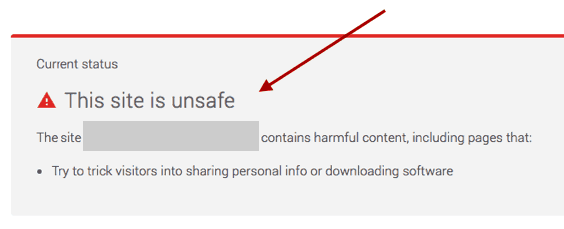
If everything is clean, the page will say your site is safe.
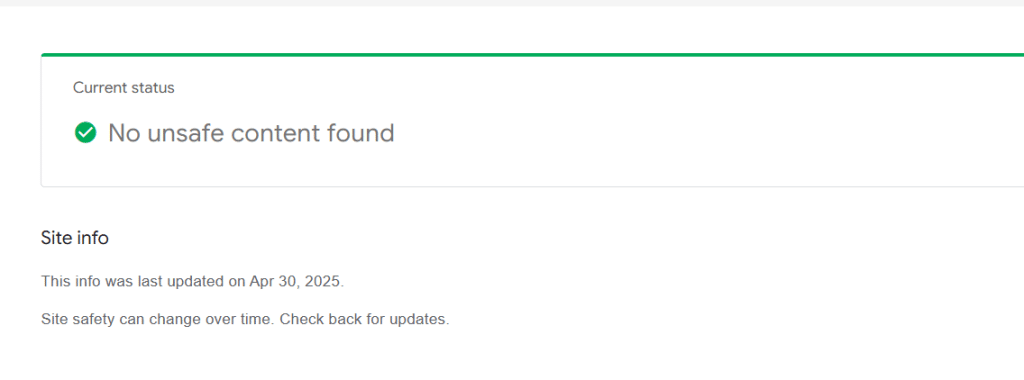
Pro tip: Don’t just check the landing page—check the full funnel:
- Redirect links
- Tracking scripts
- Offer/product pages
Any broken or suspicious link in your funnel can trigger a block.
3. Use Third-Party Website Security Tools
In addition to Google Safe Browsing, there are several free services that scan your site for malware or blacklisting.
One of my favorites is VirusTotal.
It checks your URL against over 70 antivirus engines and blacklist databases—including Google Safe Browsing.
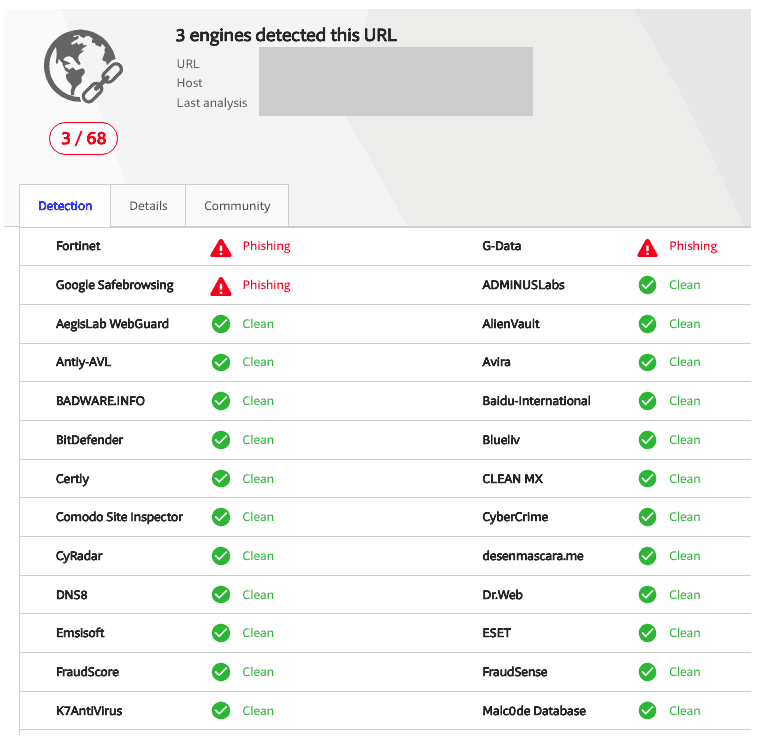
Just paste your URL and hit Enter. Simple.
If you prefer alternatives, Sucuri SiteCheck is another solid option.
Website Blocked — What Should You Do Now?
Your number one priority: change your domain. Immediately.
Yes, you can submit a reconsideration request to Google—but that comes later.
When you’re bleeding, the first step is to stop the bleeding. Everything else can wait.The same logic applies here. When your site is blocked, speed is everything.
Here’s what I recommend:
- Pause all traffic.
- Buy a new domain.
- Use a new IP address (switch hosting, get a new host, or move to a new VPS).
- Point the new domain to the new host.
- Upload your landing page files to the new server.
- Restart your paid traffic campaigns.
Important: You should always back up your site and prepare a backup server in advance.
Duplicate your landing page files and keep a spare version synced to a standby server. Or create an identical backup landing page on a separate domain—ready to go at any time.
That way, if your domain gets blocked, you can simply:
- Swap in the new domain
- Update your tracking links
- Resume your campaign with minimal downtime
Always have a backup plan. Always.
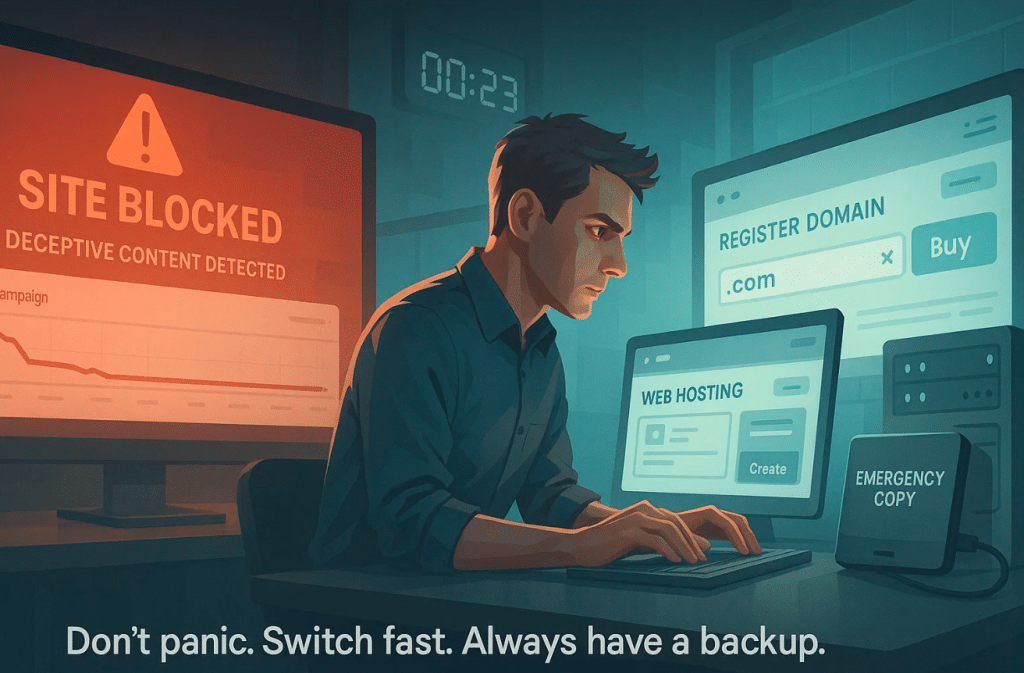
How to Protect and Optimize Your Affiliate Setup
In affiliate marketing, it’s essential to build systems and leverage technology to run more efficient, scalable campaigns.
Here are a few practical ideas:
1. Add Website Checks to Your Daily Routine. Make landing page checks part of your team‘s daily checklist. Just a quick manual review can save you from losing money due to a blocked domain.
2. Automate the Process with APIs. You can automate these checks entirely using public APIs.
And no—you don’t need to be a coder. Just figure out the workflow, then hire a developer on Upwork to build it for you.
Split Traffic Across Multiple Domains
Most affiliates send all their traffic to a single domain.
You can do better.
Run the same landing page on 5 different domains or servers.
That way, if one domain gets blocked, you only lose 20% of your traffic—not 100%.
It’s a smart way to reduce risk and maintain uptime.

Block Suspicious ISPs (Internet Service Providers)
If you’re using a tracking tool, you can filter campaign traffic by ISP or carrier.
Sometimes, you’ll spot unusual entries—like “ABC Multiscan Services”—which are often tied to antivirus scanners or bot traffic.
These scanners might accidentally report your URL to Google, based on their internal algorithms.
To reduce that risk, consider blocking them from accessing your landing page.
Final Thoughts
There’s no 100% foolproof way to prevent Google from blocking your domain.
Google will always update its algorithms to protect users—and that’s not going to change.
Your best move? Play by the rules.
Because when this happens, you could lose everything overnight.
Don’t wait until something breaks to fix it. Be proactive.
Build contingency plans as part of your workflow—not as an afterthought.
Next time your landing page gets blocked, you’ll be ready.
And because you prepared in advance, you’ll have the resources to keep your campaign running with minimal disruption.
